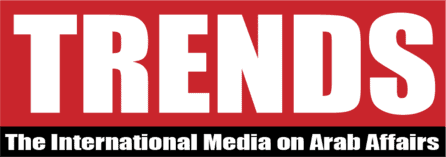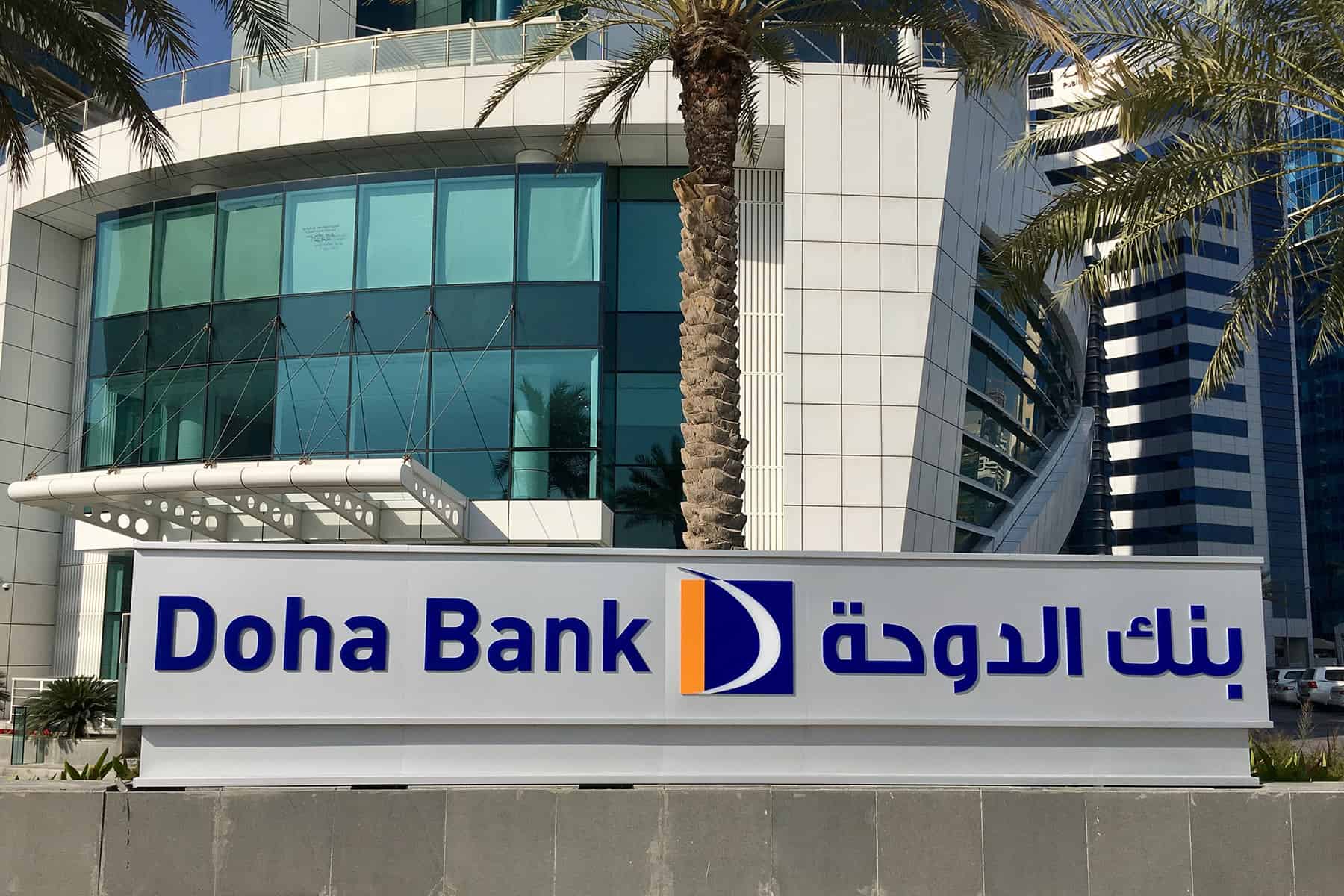Doha, Qatar– As a windfall of the FIFA World Cup, banks in Qatar are expected to build profits and shore up their capital base and liquidity position in 2023, according to media report citing analysts.
Qatari lenders had immense tournament-linked lending opportunities that began years ago, and it will help them gain more profits in 2023.
“For the full year 2023, we’re expecting sector average profitability metrics to actually be slightly higher than pre-pandemic levels,” said Redmond Ramsdale of Fitch Ratings.
The MEED report further noted that credit rating agencies see the banking sector in Qatar having guarded optimism in 2023, as their strong provisioning levels will help them maintain a good run for the year.
Also read: Qatar Central Bank’s foreign reserves surge 6.82 percent in Nov
“Our sector outlook for the Qatari banking sector is neutral. That’s supported by what we’re expecting, which is a reasonable operating environment for the banks for this year,” said Ramsdale.
He added: “We’re expecting sector credit growth of about 4 percent this year, roughly in line with other Gulf Cooperation Council countries.”
According to the report, domestic liquidity conditions are expected to help reduce Qatari banks’ reliance on external funding, which is widely considered one of the main structural weaknesses in the country’s banking sector.
“The Qatari banking sector is the most dependent in the whole GCC on non-domestic funding. That has come down moderately, with improved liquidity conditions in Qatar, which is supported by higher oil prices,” added Ramsdale.
The report, however, noted that the banking sector in Qatar may face some challenges. This could be due to the oversupply of office space and commercial real estate in the country, as most of the banks have high exposure to the real estate sector.








